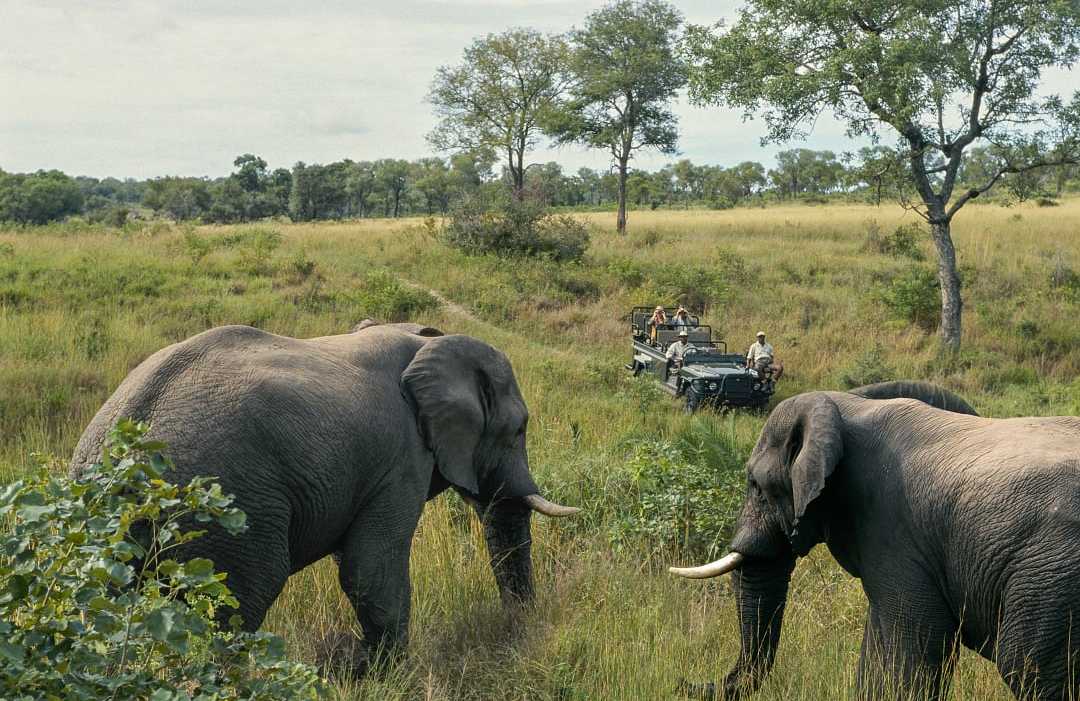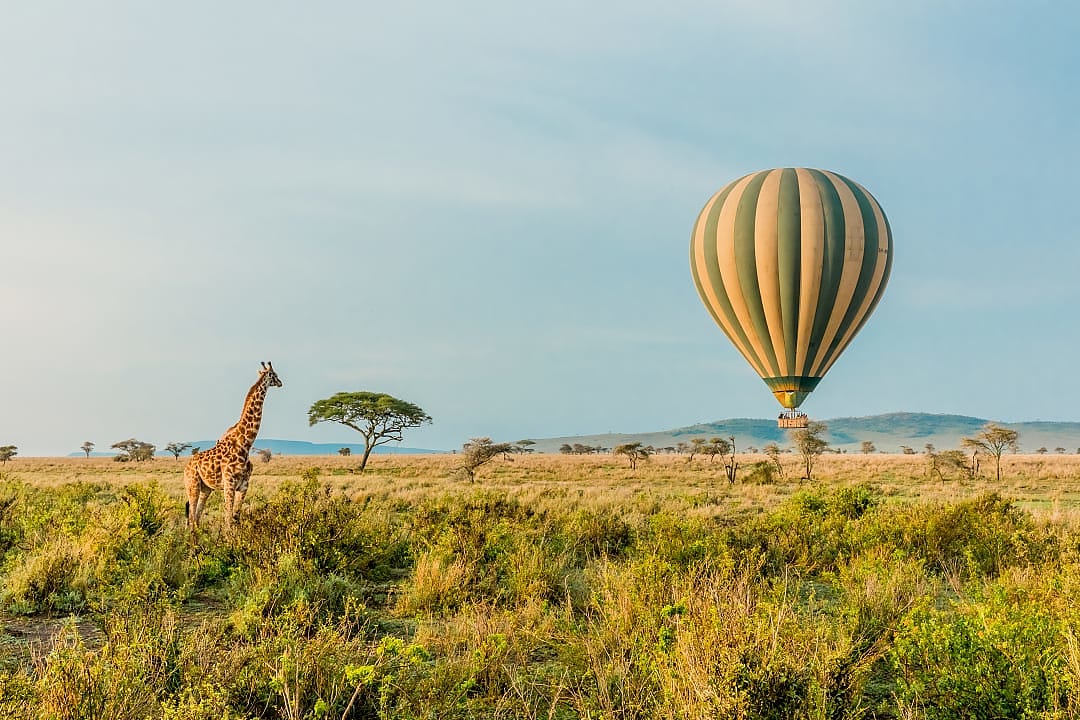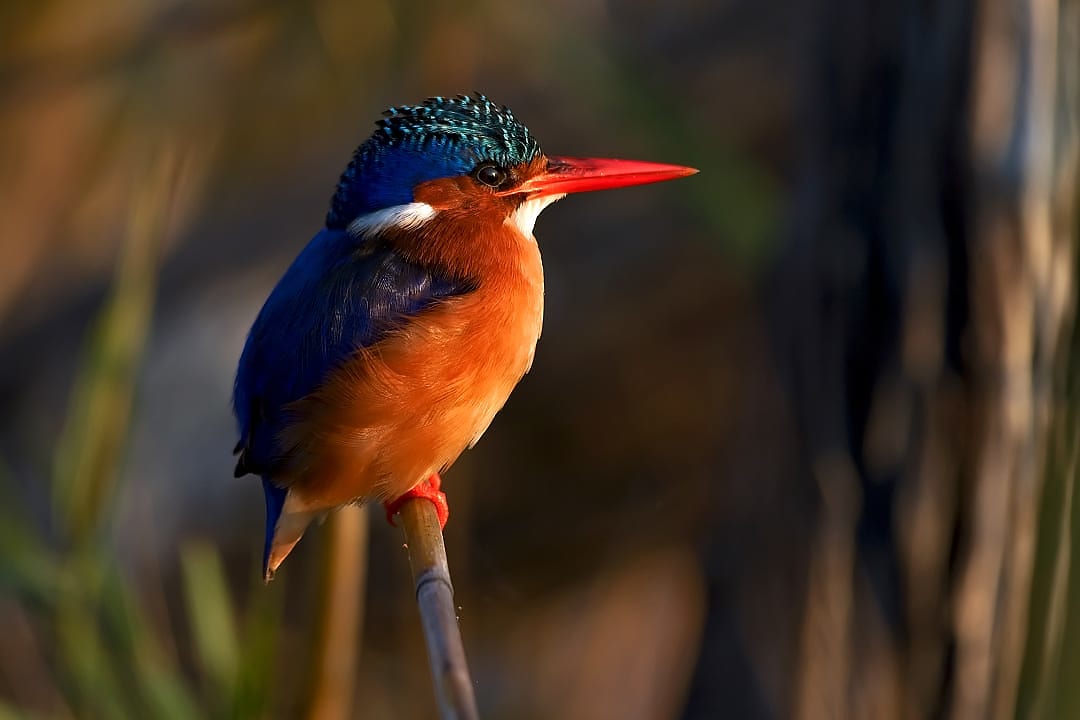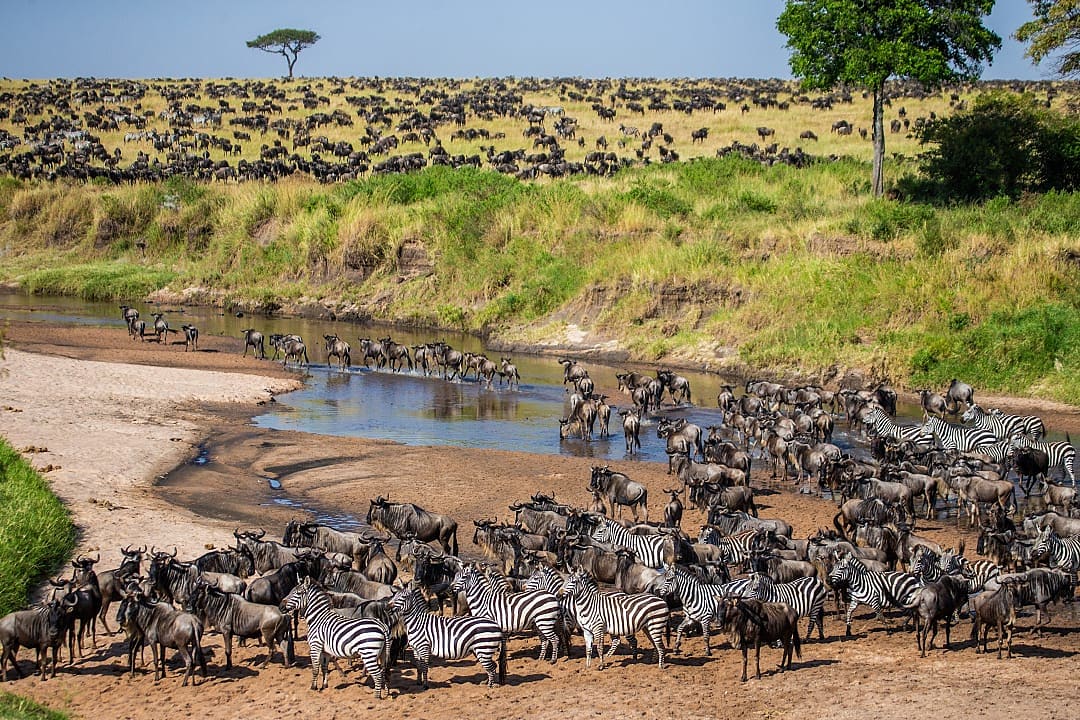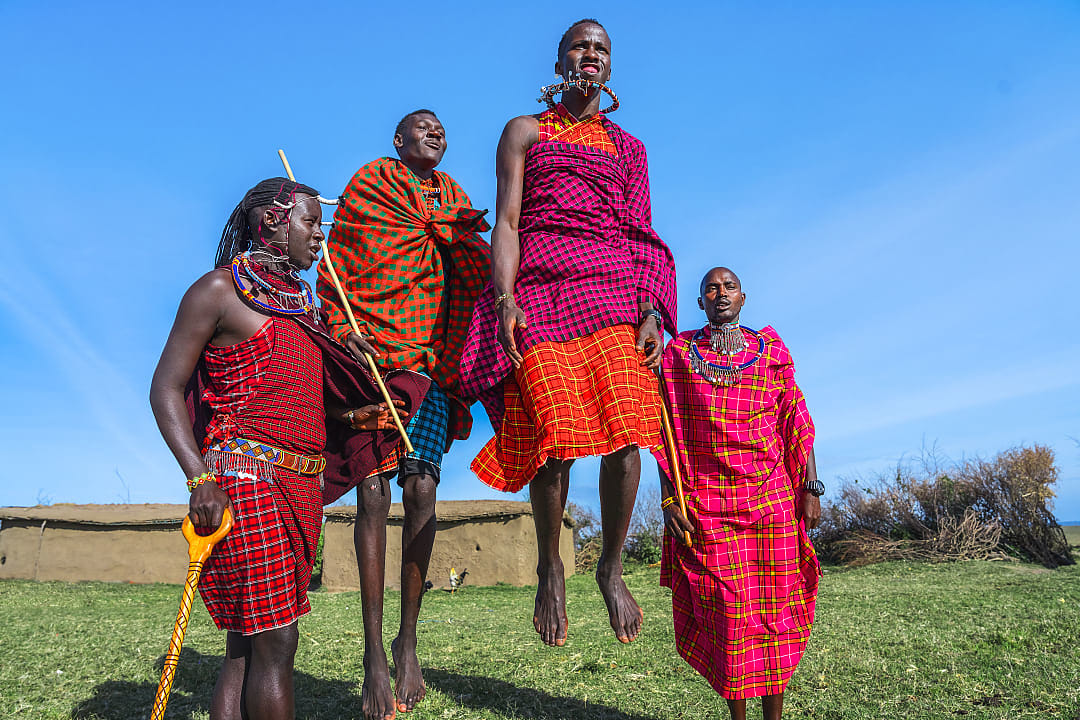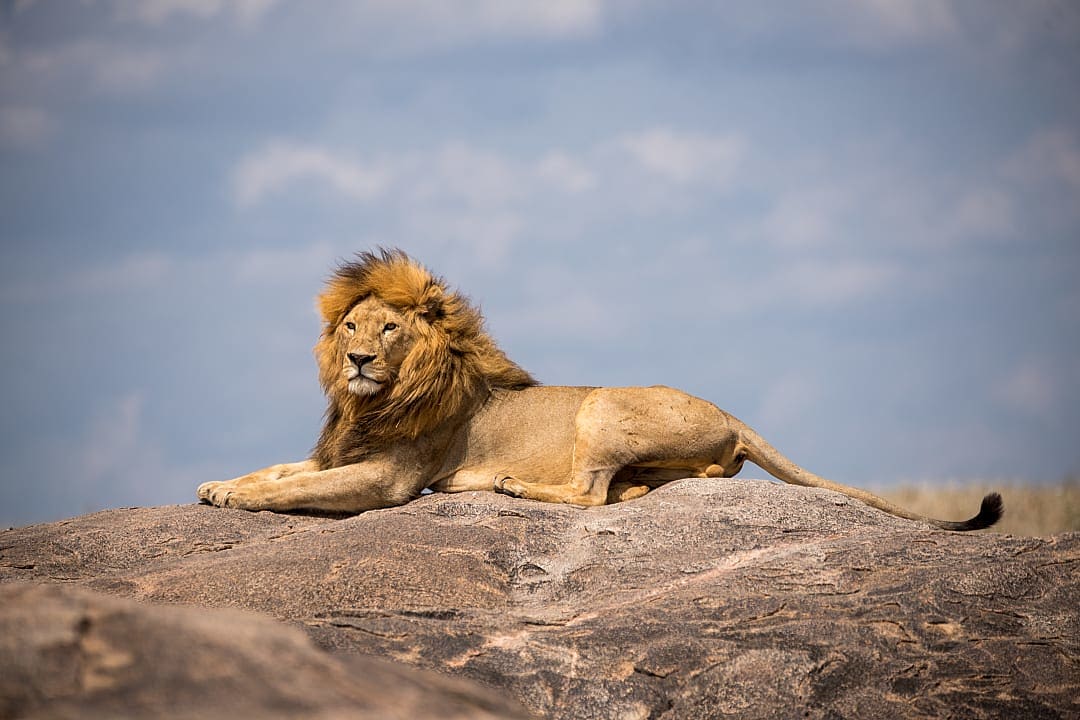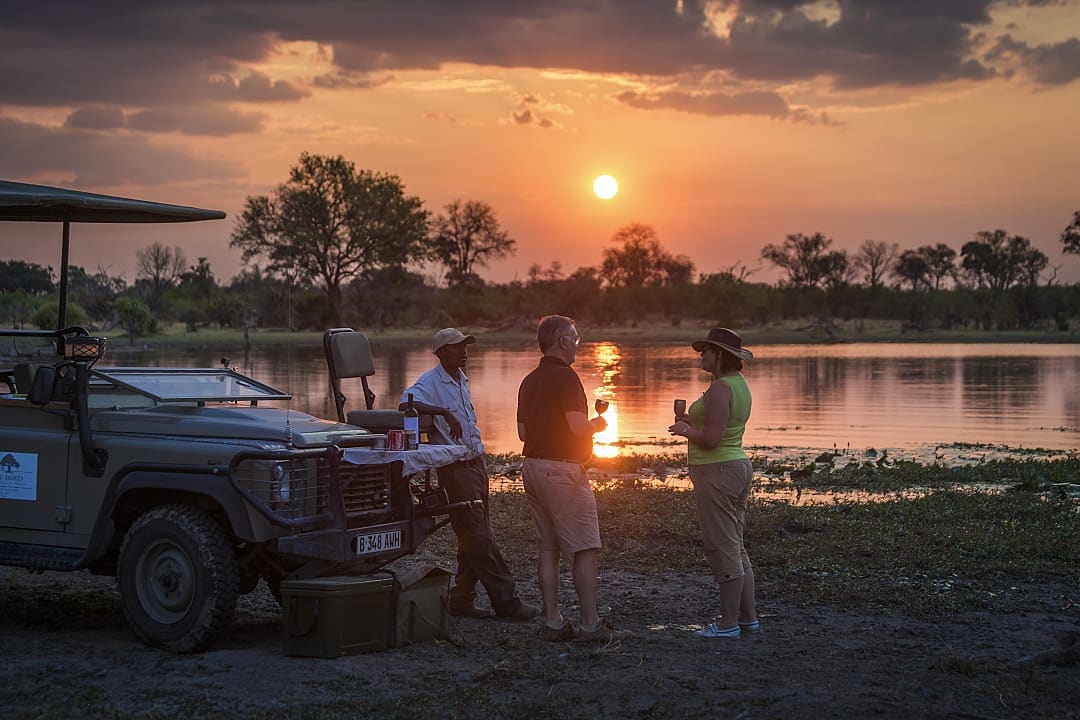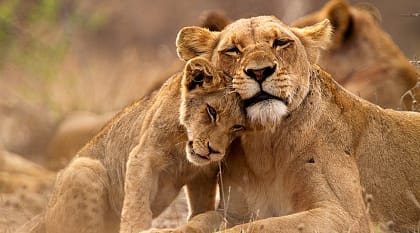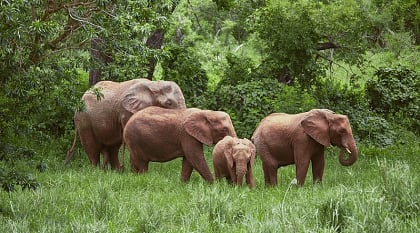Perhaps the biggest misconception about African safaris is the assumption that all destinations offer a similar experience. The reality is that Africa’s parks and reserves are incredibly diverse, each boasting a unique character and landscape. While captivating wildlife is a common thread, the way you experience it can differ dramatically from one region to the next.
These differences are shaped by geography, local traditions, and conservation philosophies. A safari in the vast open savannas of East Africa, for instance, has a different flow than one in the dense woodlands of Southern Africa. From the daily schedule of game drives to the signature activities on offer, each destination presents its own distinct and unforgettable perspective on the wild.
- Daily Pulse: East Africa often features full-day game drives with a picnic lunch in the bush, while Southern Africa typically follows a schedule of separate morning and afternoon drives.
- Signature Activities: Zambia is celebrated as the pioneer of the immersive walking safari. This gives you a chance to connect with the bush on foot in a way that is profoundly different from a vehicle-based experience.
- Vast Plains: Kenya and Tanzania are defined by their sweeping savannas and are the epicenter of colossal wildlife events like the Great Wildebeest Migration, offering a spectacle of immense scale.
- Diverse Habitats: South Africa and its neighboring countries focus on a variety of ecosystems, from dense woodlands and riverine forests to semi-arid deserts, each supporting different types of wildlife.
- Water Wilderness: Botswana’s Okavango Delta presents a unique water-based safari, where you can traverse pristine channels by boat or canoe, observing animals from a serene, eye-level perspective.
See Zicasso’s Botswana safari guide for more information on what you can expect in that country.
